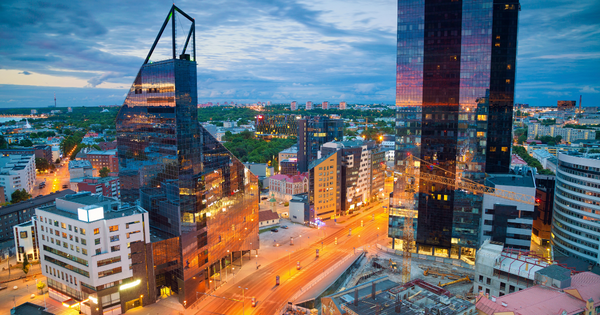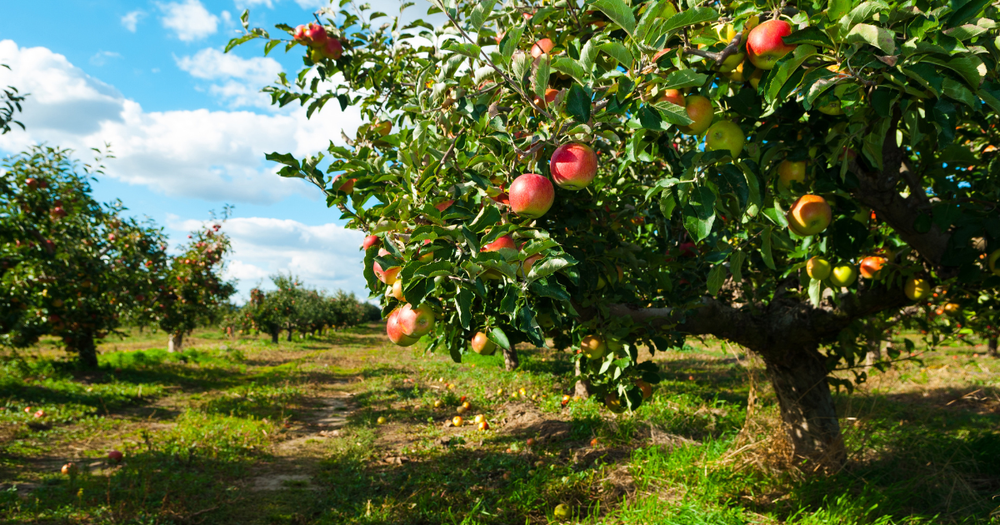Technology is one of the great paradoxes of our time. It is both a driving force behind environmental pressures and a powerful toolkit for solving them. Solar panels, precision agriculture, AI-driven conservation, and circular design are changing what’s possible. At the same time, extraction for minerals, energy-hungry data centers, mountains of e‑waste, and planned obsolescence threaten to erase those gains. The challenge—and opportunity—of the 21st century is to steer innovation so that it serves planetary boundaries and human well‑being together. That means designing for sufficiency and circularity, measuring real impacts across full lifecycles, and ensuring the benefits of technology are shared equitably.
Understanding sustainable development and technology
Sustainable development, as defined by the United Nations, is development that meets present needs without compromising the ability of future generations to meet their own. It rests on three mutually reinforcing pillars: environmental protection, social equity, and economic vitality. Technology is not a pillar on its own; it is a lever that can push any of the three in the right—or wrong—direction. Thoughtfully applied, it can decouple well‑being from resource use; poorly applied, it can accelerate extraction, inequality, and waste.
What technology can do for sustainability
- Accelerate the energy transition. Photovoltaics, wind turbines, heat pumps, advanced inverters, long-duration storage, and flexible demand platforms are replacing fossil generation, stabilizing grids, and lowering costs. Pairing renewables with digital controls—smart thermostats, EV smart charging, and building energy management—optimizes consumption in real time.
- Improve efficiency everywhere. LEDs slashed lighting demand. High-efficiency motors and variable speed drives cut industrial electricity use. Building analytics find hidden losses. Process intensification and electrification of heat reduce fuel needs in industry.
- Make food systems smarter. Precision agriculture uses soil sensors, satellite imagery, and AI to tailor water, fertilizer, and pest control to actual need, cutting runoff and emissions while boosting yields. Controlled environment agriculture and vertical farms localize greens production with far less water, though energy sourcing remains key.





